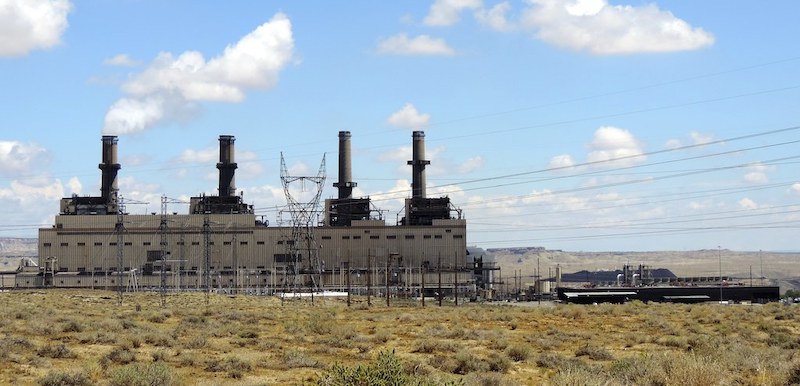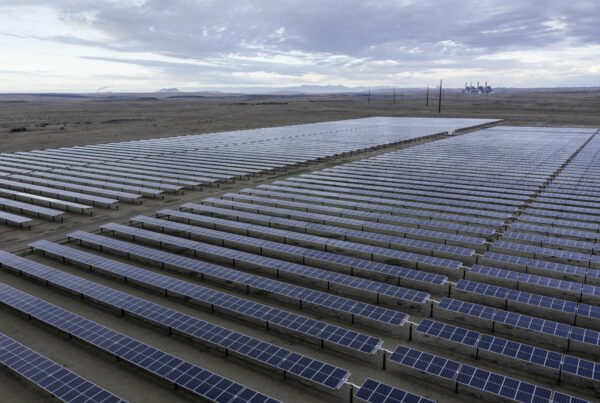Our region took a major step toward a cleaner energy future recently when New Mexico regulators gave Public Service Co. of New Mexico approval to retire the coal-fired San Juan Generating Station outside Farmington in two years.
But alas, it’s never straight-line progress. Farmington city leaders have latched onto a desperate last gasp effort to keep the aging power plant running for another decade. They understandably hope to stave off the loss of hundreds of associated jobs.
Sensing the city’s desperation, a couple of Chicago and New York speculators swooped in with a shaky scheme premised on billions of dollars in taxpayer handouts. Their plan: Take $2.5 billion in taxpayer subsidies to dig up carbon, burn it and put it back in the ground.
Years ago, Congress created a program to subsidize carbon capture and sequestration as a means of tackling climate change. Before solar and wind energy prices plummeted and made burning coal uncompetitive, the idea was to cut carbon emissions through new, elaborate technological inventions.
Today, it makes no economic or environmental sense to retrofit a 45-year-old coal burning power plant with experimental technology costing billions in taxpayer subsidies when clean and cheap renewable energy is readily available.
Consider the scheme. Dig up carbon otherwise forever sequestered in underground coal seams, burn it in a power plant that consumes more than one-quarter of the generated energy to just operate, try to catch 70% or 80% of the carbon dioxide released if you’re lucky, and stick that captured carbon back in the ground next to the coal mine.
Unsurprisingly, this Rube Goldberg contraption is greatly more expensive than solar or wind. It’s only possible with a $2.5 billion taxpayer handout provided over a dozen years to mine carbon, burn it, lose millions of tons of carbon into the atmosphere, and put what you can back in the ground.
Whether one looks at it from an environmental or a taxpayer perspective, the scheme is a head-scratcher. It only make sense for those who hope to cash in on a major cut of the billions in taxpayer handouts. Or for desperate Farmington officials who hope to delay the inevitable energy transition from coal.
Only two carbon capture power plant projects exist in North America. Enchant Energy’s scheme for San Juan Generating Station is four times larger than anything built to date, but Enchant expects to construct its project in record-breaking time and for a cost of less than one-third that of the existing projects in Texas and Canada.
How does a project like this hope to turn a profit, beyond the tax subsidies? It seems Enchant hopes there’s a market for expensive coal-fired electricity, but with every major utility across the Southwest committing to a coal-free future in the next decade or two, there would appear little appetite for Enchant’s expensive product.
Another idea is to sell the carbon dioxide into Kinder Morgan’s pipeline that transports CO2 from Cortez to the Permian oil basin in west Texas where it can be used to enhance recovery from oil fields. But that’s barely a break-even prospect that depends on unprecedented levels of technological success in capturing 90% of carbon dioxide.
Real money is already being spent in the project’s pursuit. The U.S. Department of Energy has provided more than $10 million for initial feasibility studies, and legal firms representing Farmington have racked up over $1 million in fees.
Energy transition is painful and makes communities susceptible to illusory fixes. For a thorough analysis, the Institute for Energy Economics and Financial Analysis has reported on carbon capture and the financial pitfalls inherent to it.
This content first published in the Durango Herald here.




